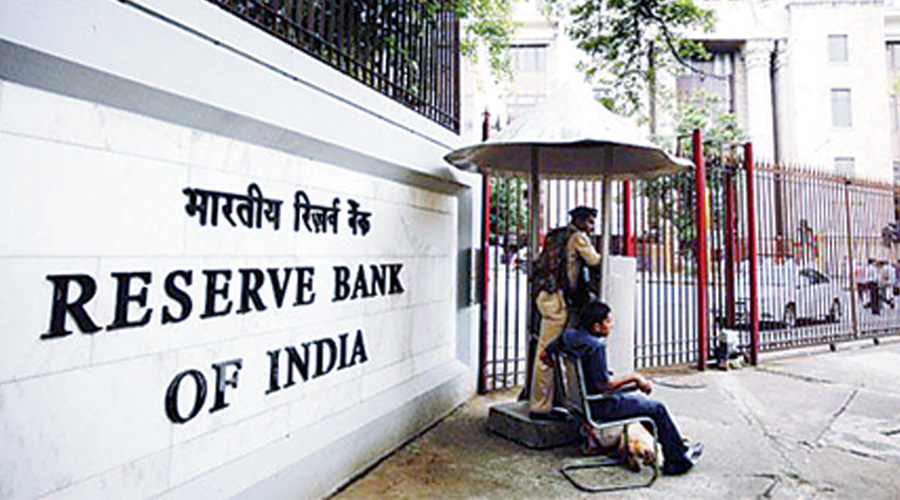The Reserve Bank of India’s annual report for 2020-21 agrees with the forecasts made about the rate of economic growth for the Indian economy at a negative 8 per cent for the year. The economy had pulled itself out of a technical recession in the third quarter of 2020-21 by registering a small but positive growth. For the current year, 2021-22, the forecast for growth remains at around 10.5 per cent. The RBI seems unduly optimistic, claiming that it expects that any adverse impact on the economy due to the second wave of the Covid-19 pandemic will be contained by July. This is against the macroeconomic backdrop of a major lag in the vaccination programme, rising unemployment, surplus capacity in manufacturing with extremely sluggish demand, inflationary pressures in food and fuel items, a sharp contraction in household sector savings — from 21 per cent to 8.1 per cent — and a badly mauled services sector. The RBI’s argument for a quick economic recovery revolves around the need for greater private investments. Hence, it will continue to support economic growth in terms of an accommodative monetary policy. It will find ways and means of keeping interest rates from rising significantly despite inflationary pulls.
For investments to gather momentum, investors must be confident about the state of affairs in the economy, especially the growth of demand for goods and services. They can also respond positively to any major public investment drive; for instance, through the creation of physical infrastructure like public health facilities. However, the core problem remains that consumers are not only lacking confidence about future jobs and incomes but also suffering from reduced earnings. They are, as the official data suggest, drawing on their stock of past savings. The only way out is the countercyclical fiscal policy of transferring resources to the household sector, especially for the middle classes and the poor. Leaving the states to raise their borrowing will not suffice, since those in poor fiscal health will refrain from doing so. The Central government has to come up with the necessary revival package. Uday Kotak’s recent comment makes a lot of sense. This is the time to expand deficit financing by borrowing from the RBI. The alternative is a likely collapse into deep depression. In that case, the nation’s financial ratings will fall below the investment grade. The urgency of the need for stimulating demand is something that the policymakers cannot see, or perhaps refuse to admit that it can be a solution.











